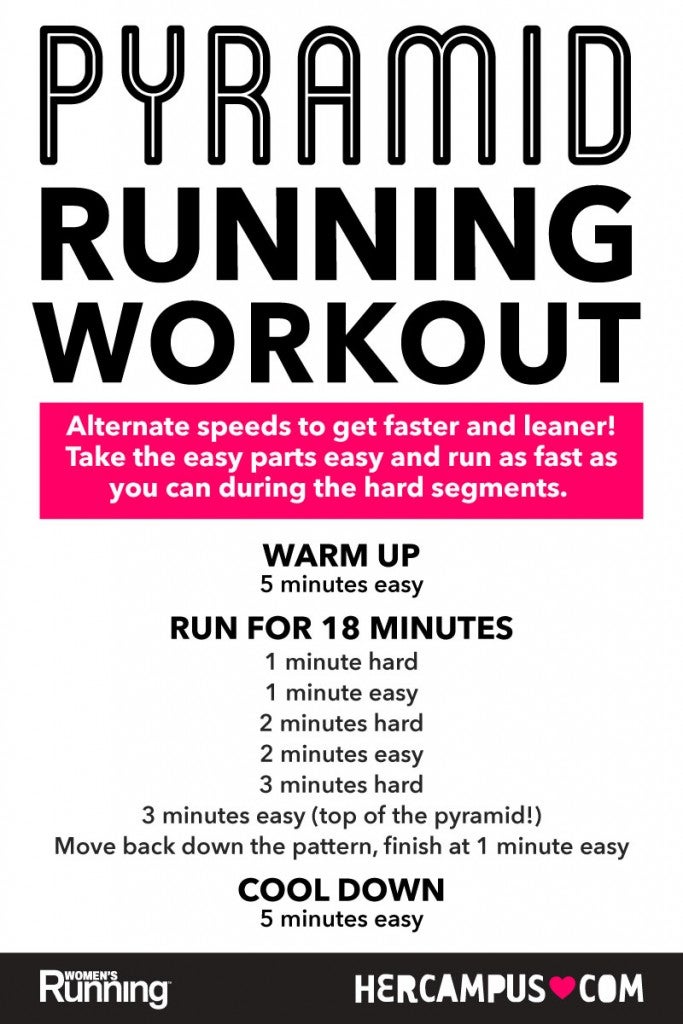The Ultimate Guide to Handling Discomfort When Running
Whether you are a skilled marathoner or just starting your running trip, understanding the different types of discomfort that can develop and the methods to address them is vital. From pre-run warm-up routines to correct shoes choice, there are numerous factors to take into consideration when it comes to dealing with discomfort while running.

Recognizing Different Sorts Of Running Discomfort
When running, it is necessary to compare various sorts of pain to protect against injuries and maximize efficiency (Read More). One typical kind of pain that runners might experience is muscular tissue discomfort, which usually occurs from the tension placed on muscular tissues during exercise. This type of discomfort is commonly a typical part of the running procedure and can be handled through correct warm-up, cool-down, and stretching regimens
One more kind of pain to be familiar with is joint discomfort. Joint pain can show issues such as overuse, incorrect kind, or underlying conditions like arthritis. Overlooking joint pain can bring about much more serious injuries, so it is vital to address any type of pain quickly and perhaps seek specialist advice.
Furthermore, sharp or stabbing pains must not be ignored. These sorts of discomfort can signal severe injuries such as pressures, sprains, or anxiety cracks - running workout. Continuing to run through these kinds of discomfort can worsen the injury and lengthen healing time

Pre-Run Warm-Up and Extending Routine
To prepare the body for a running session, executing a reliable pre-run warm-up and extending routine is essential. A correct warm-up aids enhance blood circulation to the muscular tissues, improves flexibility, and lowers the threat of injury during the run. Start with dynamic stretches like leg swings, arm circles, and high knees to progressively elevate your heart rate and chill out the muscles. Dynamic stretching aids simulate the movements you'll be doing while running, preparing your body for the activity ahead. Follow this with static stretches focusing on major muscle mass groups such as the hamstrings, quadriceps, calves, and glutes. Hold each stretch for about 15-30 seconds without bouncing to advertise muscular tissue leisure and adaptability. Bear in mind to pay attention to your body and readjust the strength of your warm-up based on your health and fitness level and any pre-existing conditions. By including a consistent pre-run warm-up and stretching routine into your running program, you can optimize performance and minimize the danger of discomfort or injury.
Correct Footwear Selection and Fit
When selecting operating shoes, it is necessary to consider aspects such as foot kind, running stride, arch support, cushioning, and footwear dimension. Checking out a specialty running shop for a stride evaluation and professional fitting can aid make certain that you select the right shoes for your specific demands. Investing in top notch shoes that is suitable for your running design and foot anatomy is a positive action in the direction of avoiding discomfort and injuries throughout your runs.
Nourishment and Hydration Tips for Pain Prevention

Hydration is just as important for joggers to avoid pains, dehydration, and other pains that can lead to discomfort during running. By focusing Web Site on nourishment and hydration, runners can boost their performance, lessen pain, and appreciate a more comfy running experience.
Post-Run Recovery Techniques to Relieve Discomfort
Executing reliable recovery methods is essential for easing discomfort and promoting muscle mass recuperation after running sessions. One essential post-run recuperation technique is stretching. Integrating fixed stretches for significant muscle teams can help in reducing muscular tissue tension and pain. Foam rolling is another helpful technique to release muscular tissue rigidity and improve blood circulation to the muscles, assisting in quicker recovery. Furthermore, topping sore areas for 15-20 mins can help in reducing swelling and numb discomfort post-run.
Taking in a well balanced treat or meal that consists of healthy protein and carbs within 30 minutes of completing a run can aid fix muscle tissue and renew power stores. By incorporating these post-run recuperation techniques right into your regimen, you can effectively handle pain and enhance your running efficiency.
Conclusion
In final thought, attending to various kinds of running discomfort with appropriate workout, stretching, footwear selection, nourishment, hydration, and post-run recovery methods is essential for pain prevention and management. By understanding the reasons of pain and executing these approaches, runners can minimize pain and prospective injuries. It is crucial to prioritize general physical wellness and health to make certain an effective and satisfying running experience.